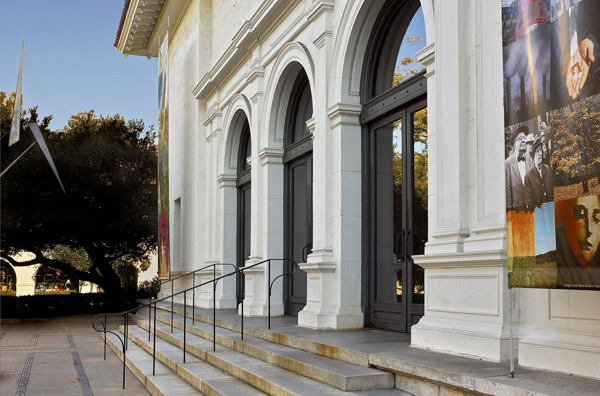The Ecstasy of St. Francis
The Ecstasy of St. Francis
- religion
- Christianity
- angel
- book
- Old Master
- Southern European, Spanish
In the wake of the Protestant Reformation of the 16th century, the Catholic Church placed an even greater emphasis on devotion to the saints as examples and intercessors for the faithful. Of these saints, there was probably none more popular than the Italian Francis of Assisi (1181–1226), founder of the Order of Friars Minor (Franciscans). Francis renounced his wealth in favor of a life of austerity, preaching, and ministering to the poor. Even while still living, he was considered by many to be a “second Christ.” Francis assumed Christ’s Passion through the stigmatization, a visionary experience in which the saint received the same hand, foot, and side wounds (stigmata) that Christ suffered on the cross.
Toward the end of the 16th century, a new subject was invented: Francis in ecstasy, supported and consoled by an angel after the stigmatization. The subject may have been first introduced by Michelangelo Merisi da Caravaggio in a canvas painted in Rome ca. 1595–1596, now in the Wadsworth Atheneum Museum of Art, Hartford, Connecticut.
The popularity of the subject of Saint Francis supported by an angel soon waned, although Franciscan subjects in general remained common in Italy, as well as in Spain, where devotion to the saint was just as fervent. More than a half century after the initial spate of versions of the subject, the Sevillian artist Juan de Valdés Leal painted the canvas exhibited here.
In Valdés Leal’s version of the subject, a large book—presumably the Bible—is propped against a rock in the foreground. According to Bonaventure’s account of the stigmatization, during Francis’s forty days of fasting and prayer, his companion, Brother Leo, opened the Gospel book three times in honor of the Trinity. Each time the book opened to an account of Christ’s suffering and death on the cross, and “the man filled with God understood that just as he had imitated Christ in the actions of his life, so he should be conformed to him in the affliction and sorrow of his passion.” Valdés Leal has excluded Leo from the painting, focusing the viewer’s attention on Francis’s intense experience.














